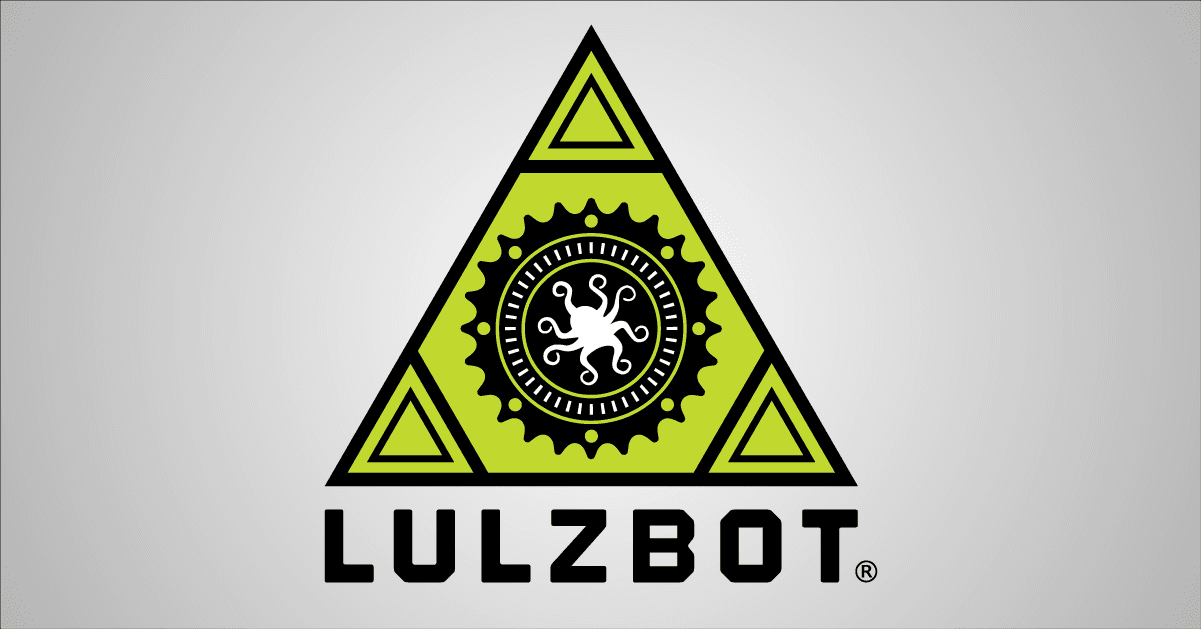NASA is tasked with pushing boundaries-- not just with spacecraft, but also with tools. In the recently released publication 'High Temperature Thermoplastic Additive Manufacturing Using Low-Cost, Open-Source Hardware', researchers shared details on the modifications needed and process of 3D printing with strong and heat-resistant polyetherimides, also known as PEI or Ultem®. This class of filament retains its strength in hot environments due to the higher glass transition temperature of 218°C.

Researchers at NASA Langley modified the Open Source Hardware LulzBot TAZ 4 3D printer to reach the high hot end and environmental temperatures needed to successfully 3D print with PEI-based filament.
Modifications included:
- New all-metal hot end with the operational range of 330-350°C, combined with a new thermistor capable of sensing up to 500°C
- Designed and printed stepper motor coolers
- Replaced DC powered bed with AC powered bed capable of reaching 230°C
- Extended control cabling
- Repositioned the control electronics
- Modified firmware to raise hot end and print surface temperature limits
An actively-heated enclosure was used, with multiple halogen lamps serving as the infrared heat source to aid in printing new polycarbonate 3D printed parts to replace the original ABS parts.

After these first modifications were made, the new heat-resistant TAZ was used to 3D print new parts again, this time in PEI, ultimately resulting in an ultra-high-temperature-resistant 3D printer. These modifications would have been difficult without having access to the original source 3D models, firmware, Bill of Materials, and assembly instructions. With Open Source Hardware modifications are not only enabled, but encouraged.
Read the full paper on the NASA Technical Reports Server at ntrs.nasa.gov.
While we don't carry PEI filament at this time, we do carry multiple different strong and heat-resistant filament options, such as PC-Max and colorFabb_HT that feature a high glass temperature of over 100°C.
Visit LulzBot.com to see the entire range of strong, tough, and high-temperature resistant filaments that can be 3D printed on LulzBot 3D printers without modification using the pre-set profiles in Cura LulzBot Edition.
Images © NASA. Ultem® is a registered trademark of Sabic Innovative Plastics.
